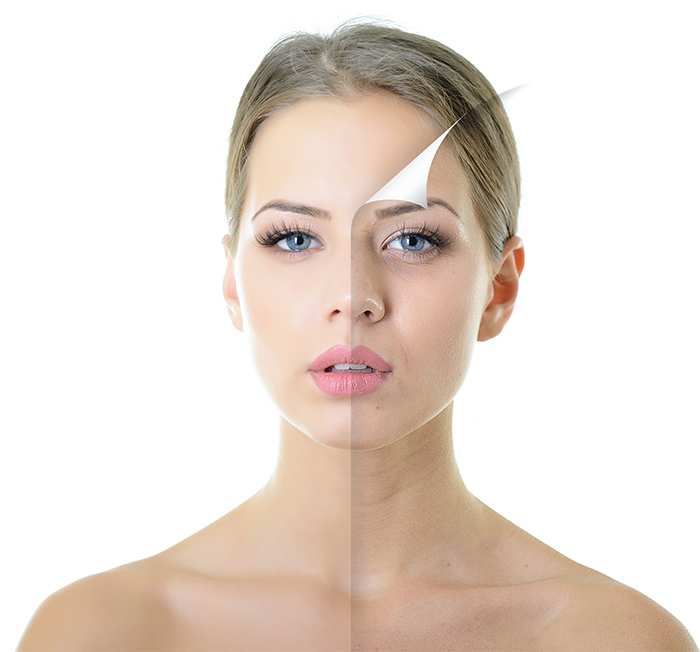 They say the only certainties in life are death and taxes, but you can add wrinkles to that list too. And our pursuit of ever more radiant, youthful-looking faces means anti-ageing is big business in beauty, with market research company Mintel predicting that UK consumers will be spending £1.2 billion on anti-ageing alone by 2017.
They say the only certainties in life are death and taxes, but you can add wrinkles to that list too. And our pursuit of ever more radiant, youthful-looking faces means anti-ageing is big business in beauty, with market research company Mintel predicting that UK consumers will be spending £1.2 billion on anti-ageing alone by 2017.
€As the baby boomer population grows, so too does the number of product lines carrying age defying hope in a jar€, says Dermalogica's education manager Sally Penford. Sadly, there are no quick fixes or €miracle cures€ for wrinkles, but there are many realistic methods that can help us all.
The International Dermal Institute defines age-related skin changes as the result of two factors: genetically programmed changes (i.e. intrinsic factors) and environmental wear-and-tear on the skin (i.e. extrinsic factors).
While both intrinsic and extrinsic factors affect how the skin works, looks and feels, it's the extrinsic factors that have the biggest impact, with some estimates stating that 80 to 99 per cent of the wrinkles, damage and discolouration we see on our faces is caused by exposure to daylight, or photoageing.
